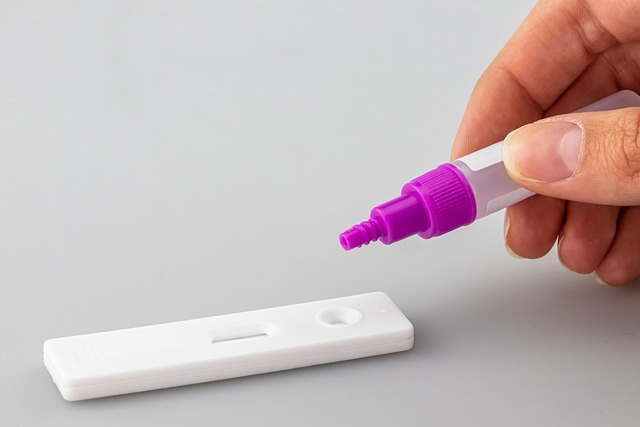Texas enforces strict lead paint removal regulations for structures built before 1978 to prevent lead poisoning. Compliance involves notifying residents, using certified contractors with approved methods (e.g., wet scraping), implementing containment measures, and proper waste disposal. Non-compliance leads to penalties, highlighting the critical need for understanding and adhering to these safety guidelines, especially during renovation projects involving older buildings in Texas.
In Texas, understanding and adhering to lead paint removal regulations is paramount for safe renovation practices. This comprehensive guide navigates the essential steps towards compliance with state guidelines, ensuring a secure environment during construction projects. From pre-renovation assessments to proper disposal methods, these measures are designed to mitigate risks associated with lead exposure. By avoiding common pitfalls, such as inadequate training and improper waste management, contractors can ensure their operations meet the stringent lead paint removal regulations in Texas.
- Understanding Lead Paint Removal Regulations in Texas
- Essential Steps for Compliance with Safety Renovation Guidelines
- Common Mistakes to Avoid During Lead-Safe Renovations
Understanding Lead Paint Removal Regulations in Texas

In Texas, lead paint removal regulations are strictly enforced to ensure the safety of residents, especially children, who are most vulnerable to lead poisoning. These guidelines are in line with the U.S. Environmental Protection Agency (EPA) standards and aim to minimize exposure to lead-based paints during renovation projects. For structures built before 1978, when lead-based paint was commonly used, specific protocols must be followed to prevent the release of hazardous dust and particles during removal.
Renovators in Texas are required to notify residents about potential lead hazards and take appropriate precautions. This includes using certified lead abatement contractors, implementing containment measures, and properly disposing of waste materials. Failure to comply with these lead paint removal regulations can result in penalties and legal repercussions, underscoring the importance of understanding and adhering to these safety guidelines for a successful renovation project.
Essential Steps for Compliance with Safety Renovation Guidelines

Ensuring compliance with lead safety renovation guidelines is paramount for any project involving older buildings in Texas, where lead paint removal regulations are strictly enforced. The first step is to conduct a thorough inspection to identify lead-based materials, including paint, dust, and surfaces that may be contaminated. This involves using certified testing kits and following protocols outlined by the Environmental Protection Agency (EPA).
Once identified, proper containment measures must be implemented to isolate the work area and prevent cross-contamination. This includes setting up barriers, wearing protective gear, and ensuring adequate ventilation. The next crucial step is to hire licensed professionals trained in lead paint removal methods. These experts will employ approved techniques, such as wet scraping or heat gun methods, to safely remove lead paint while adhering to Texas’ specific regulations. Regular monitoring of air quality and surface samples throughout the renovation process is essential to verify compliance with safety standards.
Common Mistakes to Avoid During Lead-Safe Renovations

During lead-safe renovations, homeowners and contractors often make costly mistakes that can jeopardize compliance with Lead Paint Removal Regulations in Texas. One of the most common errors is failing to test for lead accurately. Improper testing methods or skipping tests altogether can result in inadequate removal practices, leaving dangerous lead residues. Additionally, many projects neglect proper personal protective equipment (PPE), putting workers and residents at risk of lead exposure.
Another frequent mistake is not containing the work area effectively. Failing to establish a clear barrier around the renovation zone allows lead-contaminated dust and debris to spread, posing risks to nearby areas and individuals. Moreover, improper disposal of lead-containing materials is a significant issue. Instead of following regulated disposal methods, some contractors may dump hazardous waste in regular trash, leading to environmental contamination and potential health hazards for future residents and workers.
Renovating properties in Texas, especially those built before 1978, requires a thorough understanding of lead paint removal regulations. By adhering to the essential steps outlined in this guide and avoiding common mistakes, professionals can ensure compliance with safety renovation guidelines while protecting both workers and residents from the dangers of lead exposure. Following these lead safety renovation compliance guidelines is crucial for a successful and safe remodeling process in Texas.
